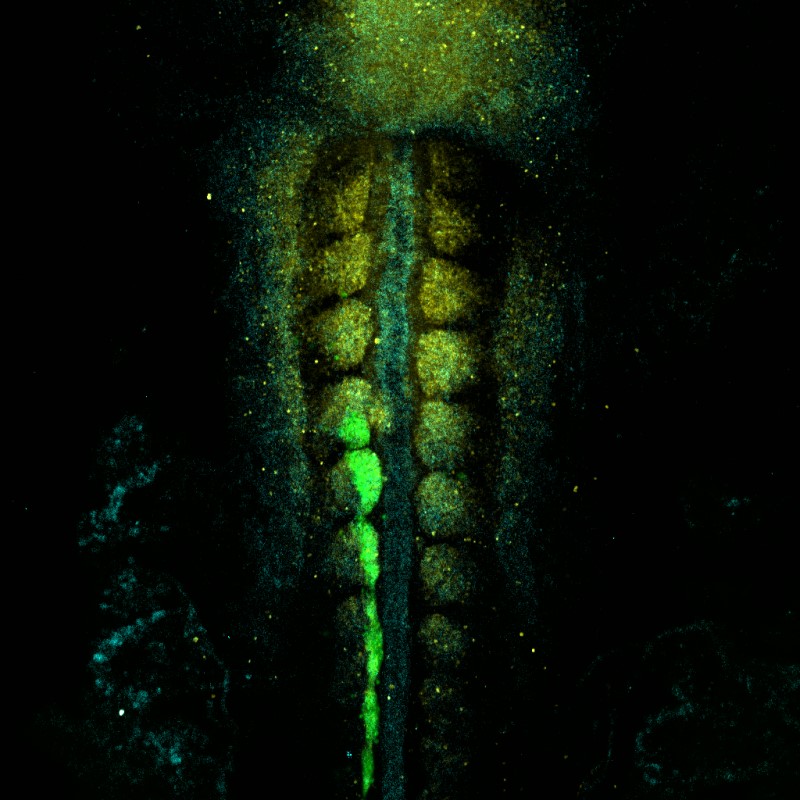A new Interface Focus issue highlights the different approaches and future research in biological dynamics.

The importance of biological dynamics has become more prominent. Organised by Dr Ruben Perez-Carrasco and Professor Berta Verd, a new Interface Focus issue highlights the different approaches and future research in this area. We spoke to them about the new issue.
1. What do you mean by biological dynamics?
In the past, there has been a tendency to focus on the components of biological phenomena (molecules, cell types, species…) and while an accurate parts list is a necessity for biological research, it does not generally suffice to explain the processes of life. By biological dynamics we mean the temporal aspect of biological phenomena and in particular how components interact to give rise to biological processes. This focuses our attention on a different level of abstraction, that of the dynamics themselves, where we can find similarities across widely different phenomena at various spatial and organisational biological levels, for example oscillations in gene expression and in species number in a predator-prey ecological system.
2. What is the aim of this issue?
The aim of this issue is to bring biological dynamics to the forefront and present frameworks and approaches that will allow them to be better analysed in the future. We sought to showcase a wide range of processes at different temporal and spatial scales, all the way from molecular to ecological, and an equally wide range of approaches, from mathematical to philosophical.
3. How can work in this area bring together researchers from different disciplines and what have been the benefits, if any, of such collaborations?
Dynamics and temporal change underlie biological processes across scales. By focusing on biological dynamics, we focus on an aspect that is shared and central across fields in biology. This allows us to learn principles and themes that are general across the biological sciences. In addition, the study of dynamics has been addressed extensively in fields outside of biology such as physics, mathematics and philosophy. We can adapt the frameworks and tools established in these fields to help explain biological phenomena in terms of their dynamics to achieve a more realistic and causal understanding in the field. In turn, the study of biological dynamics is inspiring progress in such fields and their applications.
4. What is the future for research in this area?
Our ability for measuring biological dynamics at various scales is ever increasing, for example we can now image embryonic development and quantify gene expression over time. As our technologies and measurements improve and make it possible to quantify biological processes more readily and accurately, our studies will have to address and explain the change itself. Static representations and explanations will have to be justified and will no longer be accepted as default. Addressing biological dynamics in turn will give unprecedented insight into the inner workings of biological processes, elucidating the mechanisms that drive them and helping us understand how to engineer and modify them.
Keep up to date with the latest issues of Interface Focus by signing up for content alerts, and browse previous theme issues on the journal website.
Image Credit:
Heterochronic grafting of axial progenitor cells in the chicken embryo. GFP-expressing older HH8 donor cells (green) were transplanted into a HH4 host embryo. Hox genes Hoxa2 and Hoxa3 are shown in yellow and cyan, respectively. (Photo credit: Lara Busby.)




